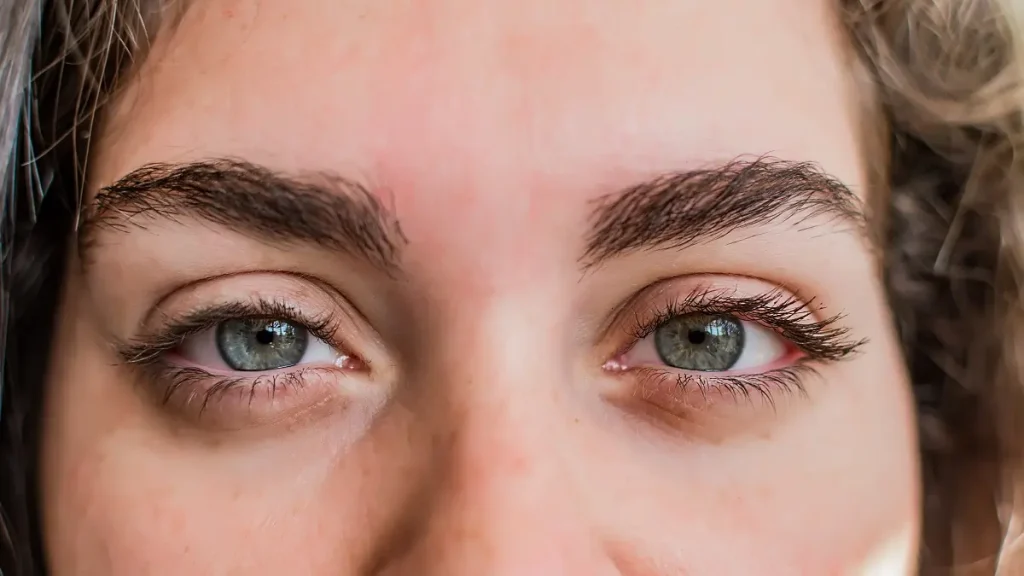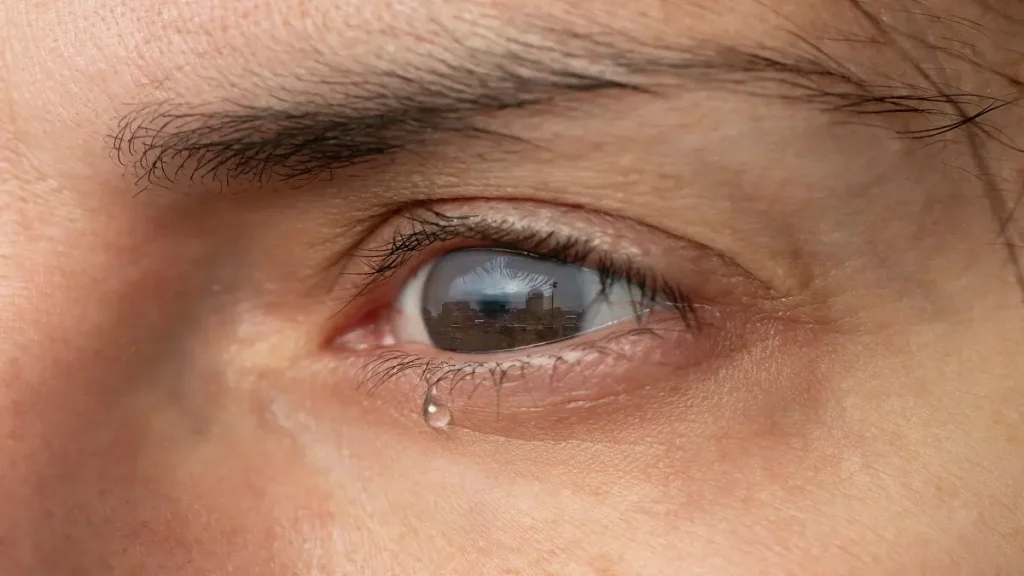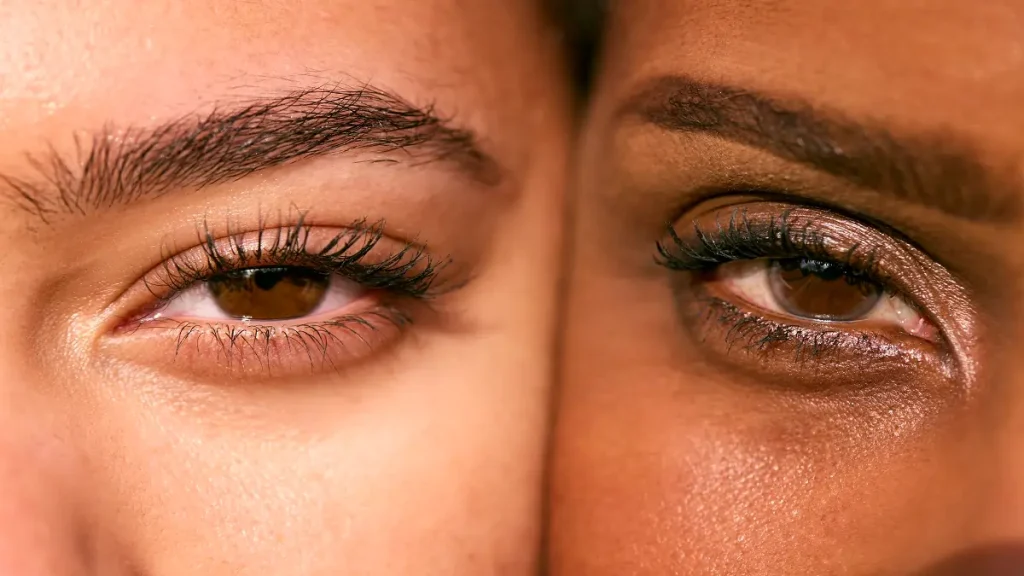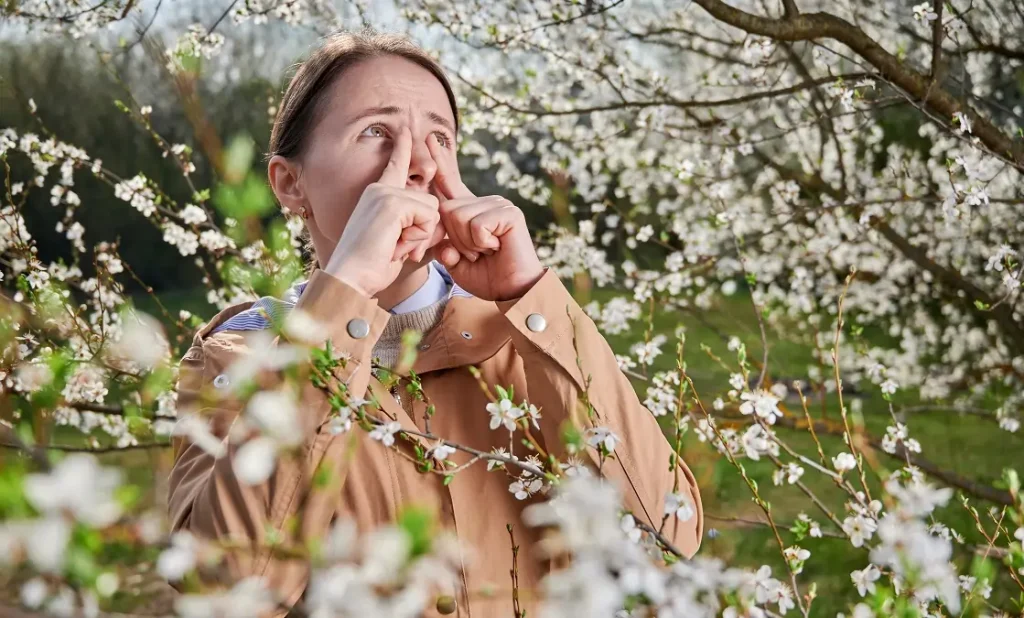Keratitis is the inflammation of the cornea, usually caused by bacterial or viral infections. Symptoms include pain, redness, watering, sensitivity to light, blurred vision, and discharge. Treatment may involve antibiotic or antiviral eye drops, along with pain relief medications.
Ingrown eyelashes, or trichiasis, can cause irritation and discomfort. The eyelashes grow inwards towards the eye, leading to scratching and redness. Treatment options include removing the ingrown eyelash or using electrolysis to permanently remove the lashes.
A stye is a painful lump that develops on the eyelid, usually caused by a bacterial infection. It leads to redness, swelling, and tenderness. Applying warm compresses and maintaining good eyelid hygiene can help alleviate symptoms. If the stye doesn’t improve, antibiotic ointments, oral antibiotics, or surgical drainage may be required.
Blepharitis refers to the inflammation of the eyelid margins, leading to redness, itching, tearing, and crusty or greasy eyelashes. Treatment typically involves eyelid hygiene, warm compresses, and antibiotic ointments.
Trachoma is a bacterial infection that causes chronic inflammation of the eyelids. In advanced cases, it can lead to scarring of the cornea, leading to blindness. Treatment involves a combination of antibiotics, hygiene education, and surgery in severe cases.
It is crucial to seek medical attention for any eye infection or inflammation to ensure appropriate diagnosis and treatment. Early intervention can help prevent complications and ensure the best possible outcome.






